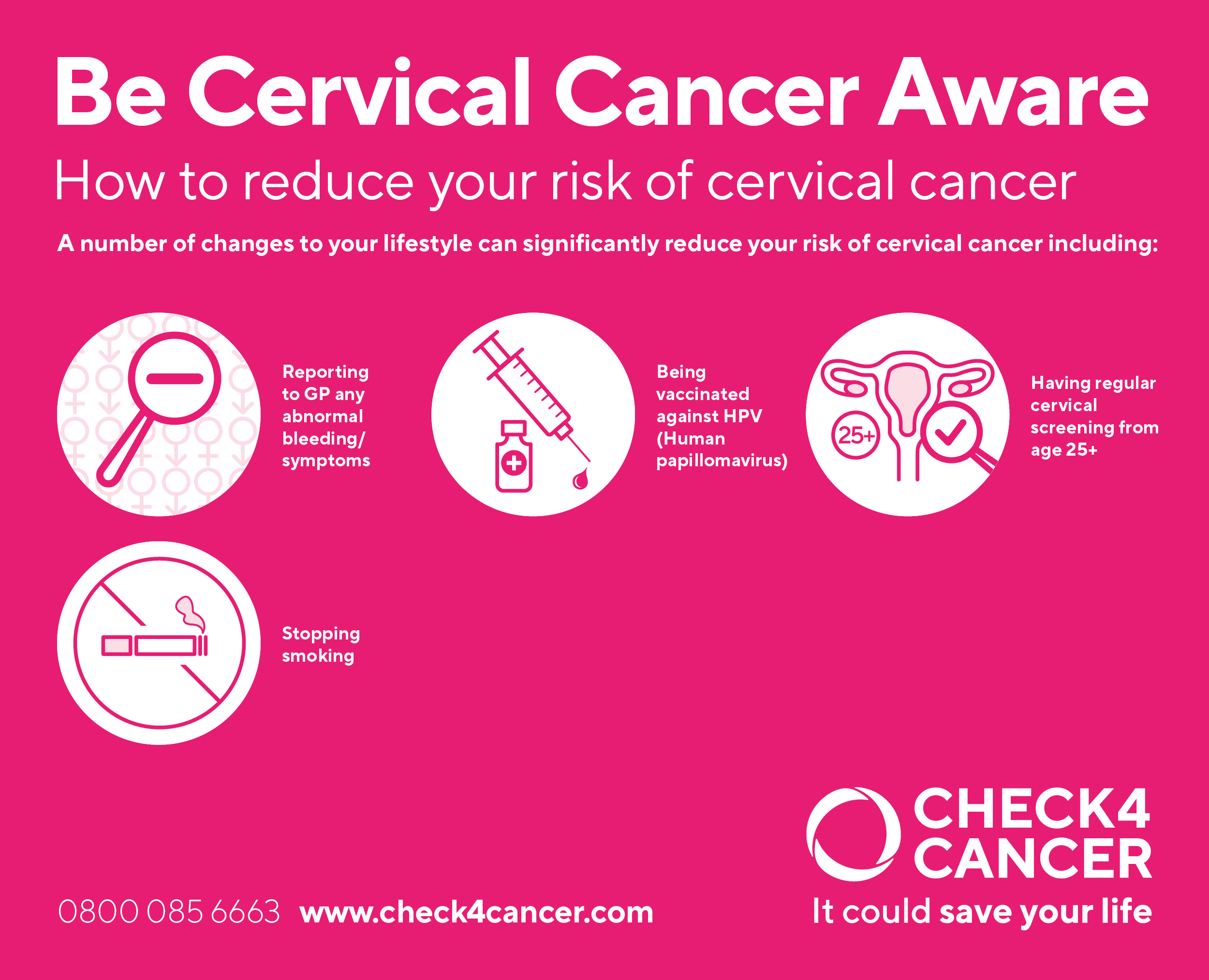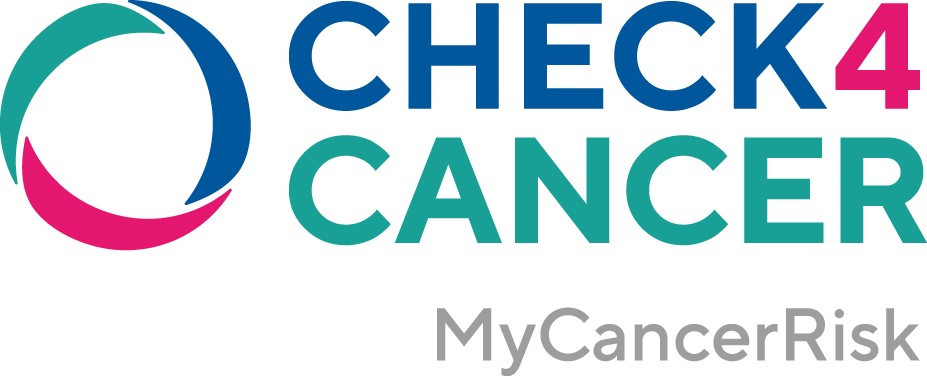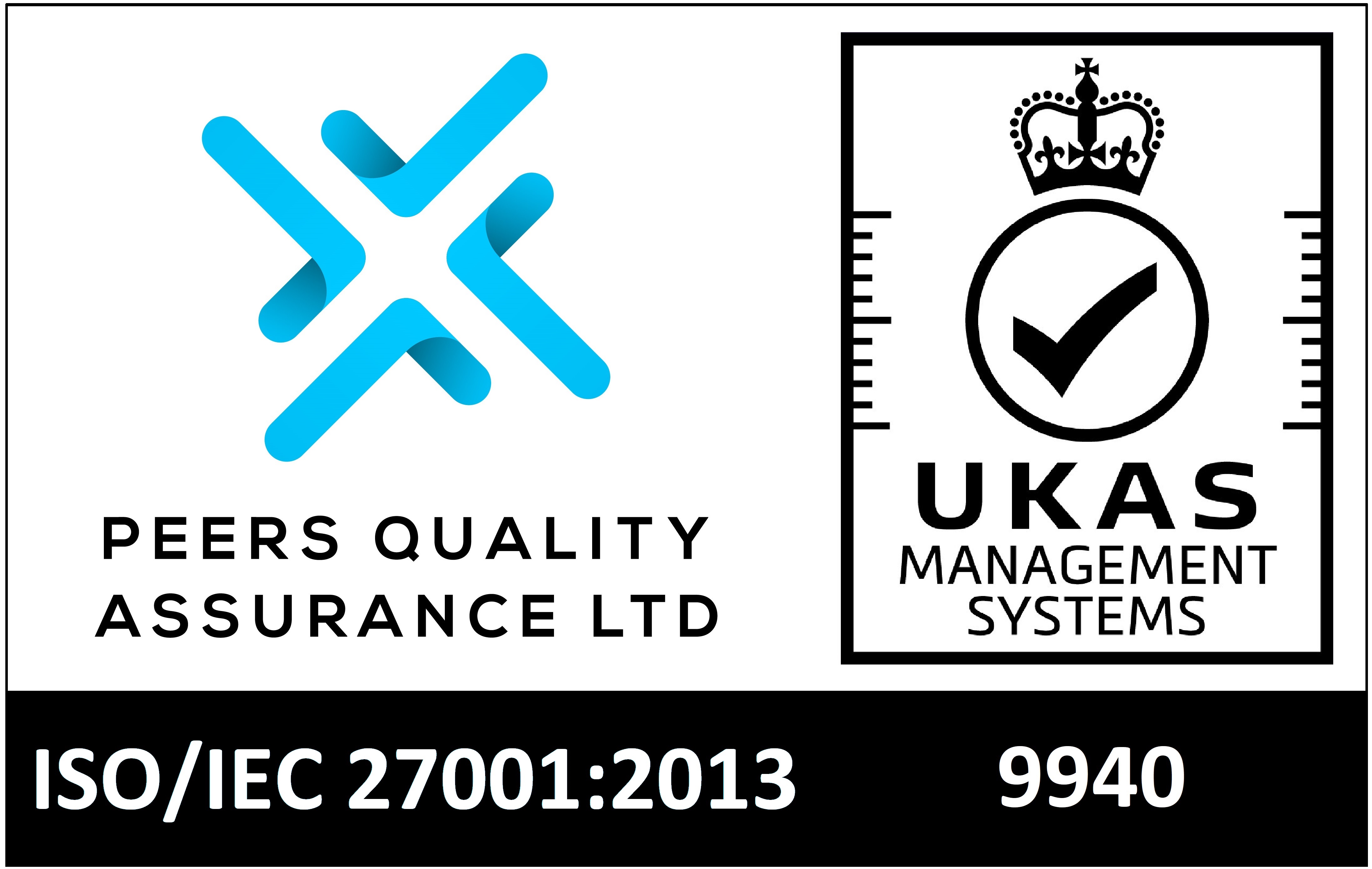Who is at risk of cervical cancer?
Anyone who is sexually active can be infected with the human papillomavirus (HPV) which causes 99.7% of cervical cancers. This virus can infect both men and women. In women, it may lead to cervical cancer and for men and women it may lead to cancer of the anus or mouth cancer.
Although four in five people will be exposed to HPV at some point in their lives, the vast majority of people’s immune systems will clear the virus on its own.
The key cervical cancer risks include:
Sexual behaviour
Patients with a higher number of sexual partners are known to be at increased risk. Condoms are very important in reducing sexually transmitted diseases but do not wholly protect against HPV as the virus is present in the whole genital area. As a consequence, even individuals who practise safe sex are at risk of contracting HPV, and as such should consider screening.
Smoking
The combination of smoking and having HPV is more likely to lead to cervical cancer. Women who smoke and have HPV are twice as likely to have pre-cancerous cells in the cervix. 21% of cervical cancers in the UK are linked to smoking.
Weakened immune systems
A weakened immune system can increase the risk of cervical cancers developing. Women with HIV /AIDS have been found to have a six-fold increased risk and people having undergone transplant surgery also have double the risk.
Family history
Women who have a 1st degree relative (i.e. mother/sister/daughter) who has had cervical cancer have a higher risk of developing the disease. This link does not appear to be straightforward and is believed to be due to similar lifestyles or a shared immune response to the HPV virus.
Socio-economic status
Cancer Research UK states that the rates of cervical cancer in women in the most deprived areas of England and Wales are three times higher than those of women in the least deprived.
What should you look out for, what are the symptoms?
For effective cervical cancer prevention and risk reduction you should be to be aware of what to look out for and if you have any of these symptoms, don’t be embarrassed, talk to your doctor straight away. The symptoms to look out for are:
- Unusual bleeding
- Pain and discomfort during sex
- Unpleasant smelling vaginal discharge

There are 13 types of high-risk HPV that cause cervical cancer, Check4Cancer's test reports on all 13 sub-types including HPV 16,18,31 35, 39, 45, 51, 52, 56, 58, 59, 66, 68. Knowledge of HPV subtype results is useful not only from a risk point of view but if you wish to be vaccinated with the HPV vaccine and you fall outside the age range of the NHS programme for HPV vaccination. The HPV vaccine currently covers HPV sub-types 6,11,16,18,31,33,45,52, and 58.
How to reduce your risk
A number of changes to your lifestyle can significantly reduce your risk of cervical cancer including:
- Reporting to GP any abnormal bleeding/symptoms
- Being vaccinated against HPV (Human papillomavirus)
- Having regular cervical screening from age 25+
- Stopping smoking – find out more about starting a smoking cessation programme in the NHS by clicking here

Why should I get tested?
Cervical cancer is a very treatable disease if detected in its earliest stages. Importantly the vast majority of abnormalities are detected at a pre-cancerous state. At this stage, treatment is normally a minor out-patient procedure under local anaesthetic.
Like many other cancers, cervical cancer survival rates are improving as new treatments and better screening methods are introduced. The key is to detect the disease as early as possible which is why cancer screening such as Check4Cancer’s HPVCheck are so important.
The HPV infection can cause changes to the cells of the cervix creating abnormalities in some women and can affect the DNA of new cells. These abnormalities can result in the production of damaged and disorganised cervical cells which cannot function correctly. Once these abnormalities become severe, they can develop into cancer which is why cervical screening and HPV vaccinations are important in helping to prevent cancer.
Research shows that detecting cervical cancer early has a significant impact on the long term prognosis. This is why it is important that ALL women are checked regularly so that abnormalities can be picked up and dealt with before they develop.
How can I get tested? What are the tests available and how does it work?
We understand that women have shunned the NHS cervical cancer screening programme in the past due to fears over discomfort, embarrassment or time constraints. Check4Cancer’s HPVCheck is a fast and more convenient way to test for the HPV virus in the privacy of your own home.
Find out more
- World Cancer Day - The importance of screening & reducing your risk
- Get to know the signs & symptoms of cervical cancer & how you can reduce your risk
- Podcast with Mr Jullien Brady for Cervical Cancer Prevention Week
- Why is cervical screening in Wales being extended to 5 years?
- Reduce your cancer risk with lifestyle changes that you can make today
- Ask the Expert | Cervical Cancer | Screening in women aged 50+
- Demystifying the facts about HPV and the importance of cervical cancer screening
- Ask the Expert | Cervical Cancer | Mr Jullien Brady answers some of the most pressing questions around cervical cancer in our 'Ask the Expert' blog series
- Cervical Screening during lockdown: Don't fear the smear





